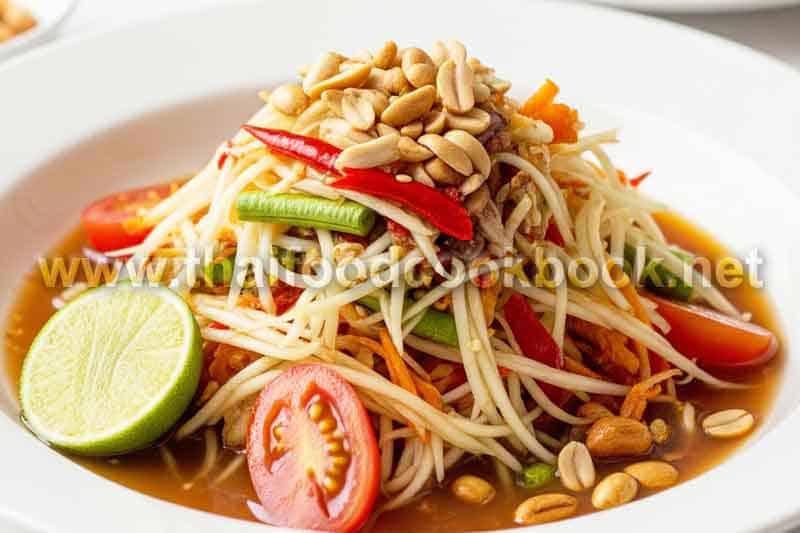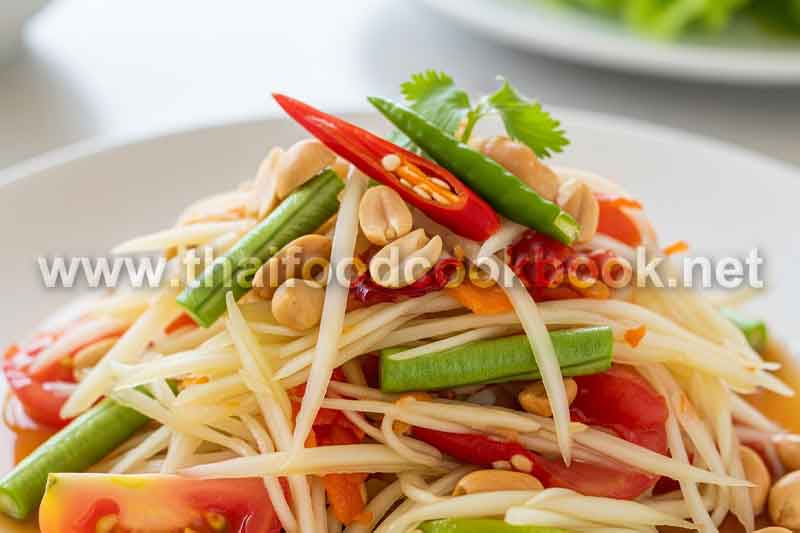How to Make Thai Curry Less Spicy Without Killing the Flavor
Many new cooks think the only way to reduce heat in Thai curry is to use less chili, but this often leads to flavor loss and a dull tasting dish. Real Thai cooking does not treat spiciness and flavor as the same thing — heat is only one part of the aroma structure. When learning how to make Thai curry less spicy without killing the flavor, the key is controlling chili intensity while still keeping the herb oils, coconut fusion, and aroma layers intact. This means lowering heat does not require lowering character. With the right adjustments, your curry can stay bold, fragrant, and authentic even at a milder spice level.
1. Understanding Where the Spice Actually Comes From
Not all heat in curry comes from the same ingredient. Green curry gets sharp heat from fresh chilies, while red curry has deeper warmth from dried chilies. Some pastes release heat early in cooking, while others intensify near the finish. When you know which layer of chili is driving the spice, you can soften the heat without damaging flavor.
- Paste-based heat: comes from the base recipe itself
- Fresh chilies added later: create sharp top-note spice
- Simmer intensity: longer boil = sharper spice lift
This helps you adjust heat intelligently instead of removing the essential flavor foundation.
2. Techniques to Lower Heat While Keeping Aroma
Instead of cutting chili entirely, soften its expression through either dilution control, dairy buffering, or herbal compensation. These methods keep perfume and warmth without harsh burn.
- Use more coconut milk foam (cream portion) to soften sharpness
- Add broth earlier to widen the flavor window
- Finish with basil or kaffir lime leaf to lift aroma over spice
- Add a touch of acidity at the end → acid reduces perceived heat
This way, the curry tastes complete and complex — just more gentle.
3. Ingredients That Calm Spice Without Blurring Flavor
Some natural Thai ingredients neutralize the mouth-burn while supporting fragrance. These are not “diluters,” they are amplifiers of balance — and Thai chefs use them unconsciously because they allow the curry to stay elegant instead of aggressive.
- Palm sugar (small amount) → softens chili edges, not sweetness
- Lemongrass → lifts aroma upward, reducing harshness
- Tamarind or lime → adds brightness that tames heat
- Extra basil at finish → herbal cushion above spice
When used correctly, these ingredients help the curry taste “well-rounded,” not watered down.
4. Final Summary: Mild but Still Authentic
To make Thai curry less spicy without killing the flavor, shift the balance — not the recipe. Keep the herbs, keep the body, keep the aroma; just cushion the chili. Once you understand spice as a layer instead of a rule, you can cook for any palate while still keeping the dish authentically Thai. For further reference on optimizing spice levels without losing flavor depth, see low-heat cooking adjustments that show why pairing acidity and herbs protects the full aroma when lowering spice.
Summary
You don’t need to remove chili to reduce spice — you only need to rebalance with creaminess, herbs, and acidity so the curry remains rich, fragrant, and deeply flavorful.

